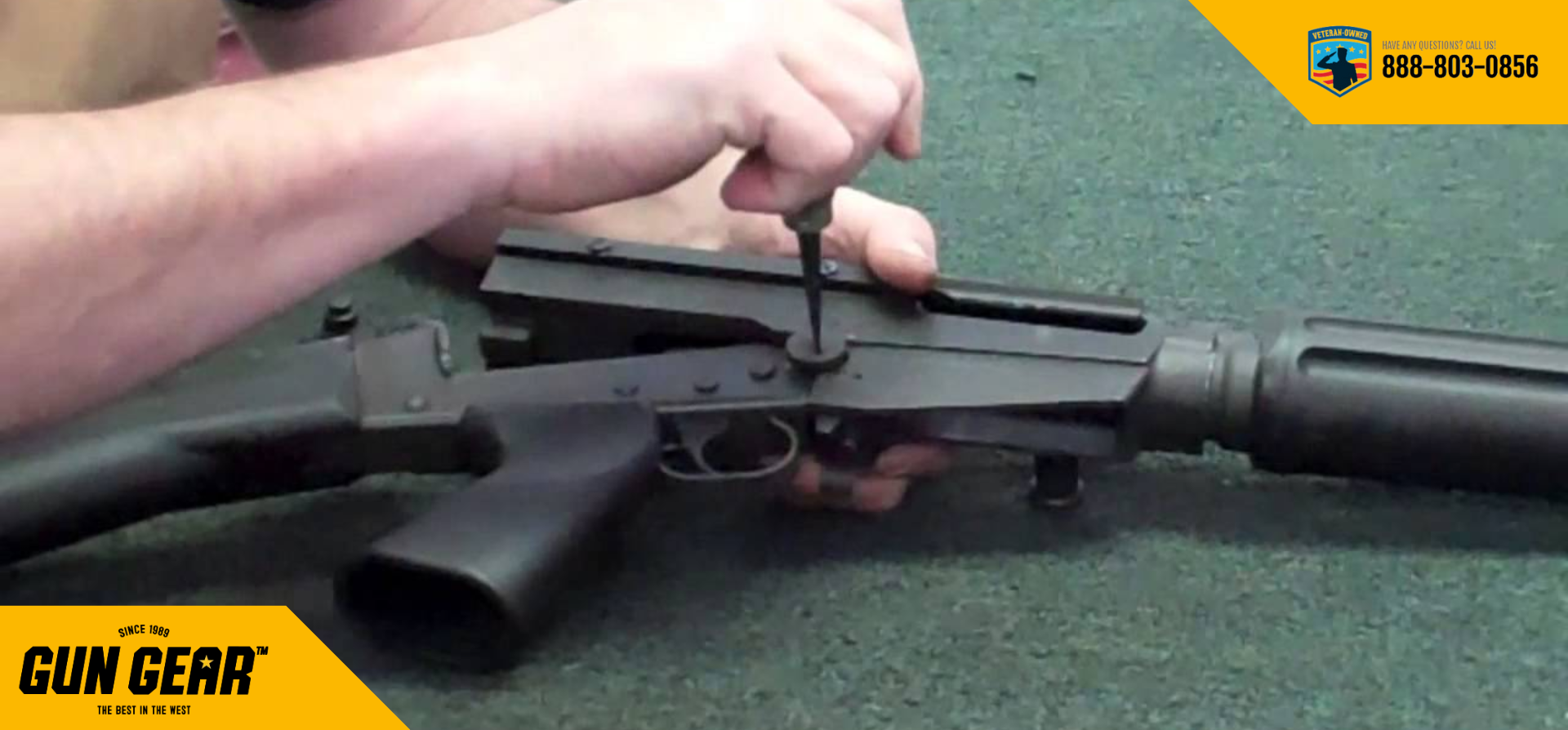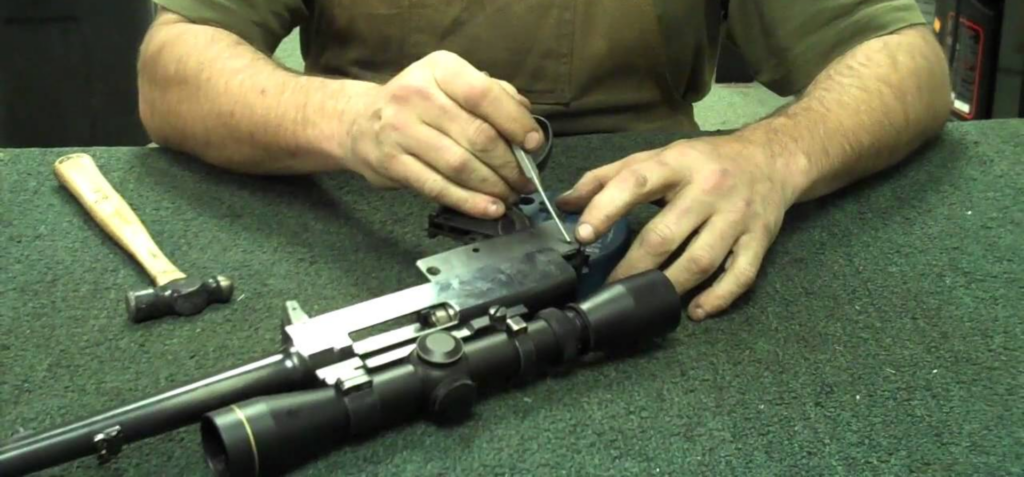
Are you one of those who are really interested in gun mechanisms? Gunsmithing is a very amazing process that needs specialized skills that involve the design, repair, modification, and customization of firearms. Whether you are planning to restore a vintage piece, want to clean it, or planning to create a custom-built gun with all essential gun grips and other items, you must visit a professional gunsmith because the entire process is a careful methodical process with skilled craftsmanship. This blog is here to break down the typical steps involved in gunsmithing, from initial consultation to the final product.
Consultation and Assessment
Consultation is the prime thing in every gunsmithing project. Whether you are bringing broken pieces or looking for a custom build, at very first the gunsmith needs to assess the firearm to understand its needs.
Disassembly
After the assessment is completed, the gunsmith carefully takes the firearm apart into core components, such as – gun grips, barrel, frame, action, stock, and other essential parts Then, the gunsmith uses various specialized tools to disassemble the firearm without damaging it.
Cleaning and Inspection
After disassembling the nest part is cleaned. A thorough cleaning of each part ensures that dirt, debris, and old lubricants are removed properly for inspection and repair.
Repair And Modification
Depending on the initial assessment, the gunsmith will now carry out necessary repairs or modifications. From barrel repairs to replacement (if needed), trigger work, stock refinishing, and customization everything can be repaired or modified in this stage.
Reassembly
After all the repairs and modifications are completed, the next step is to carefully reassemble it. The professional gunsmithing will reattach all the parts together in proper order, ensuring that everything is securely tightened, aligned, and functioning smoothly.
Function Testing
Before returning the firearm to the owner, the professional gunsmith will test the firearm whether it is working or not. Which includes –
- Action cycles – Ensuring the mechanism functions smoothly, whether it is semi-automatic, bolt-action, or revolver.
- Trigger pull and reset – Checking for proper resistance, responsiveness, and resetting action.
- Safety mechanism – Verifying that safety features are working properly, such as manual safeties, drop safeties, or grip safeties.
The gunsmith will test the firearm with dummy rounds or in a safe manner to avoid any kind of accidental damage. It is an essential step to ensure the firearm is fully operational before it leaves the workshop.

Final Cleaning and Polishing
After successfully testing the firearm, it’s time to clean it. The gunsmith removes any excess oil, fingerprint, or residue from the testing process. A final polish is often applied to the metal body, and gun grips for the shiny fishing. This step is essential not only for making the firearm look neater and polish but it also adds an extra layer of protection against corrosion.
Final Words
Gunsmithing is a very important craft that requires immense effort and skill. So having a professional is important for amateur gun holders. However, if you want to buy any type of gun or gun products then you can check out Gun Gear. It is a very famous website for selling guns and gun-related items with all the authenticated certificates. Visit their website for more details.





